What is Project Forecasting in Project Management?
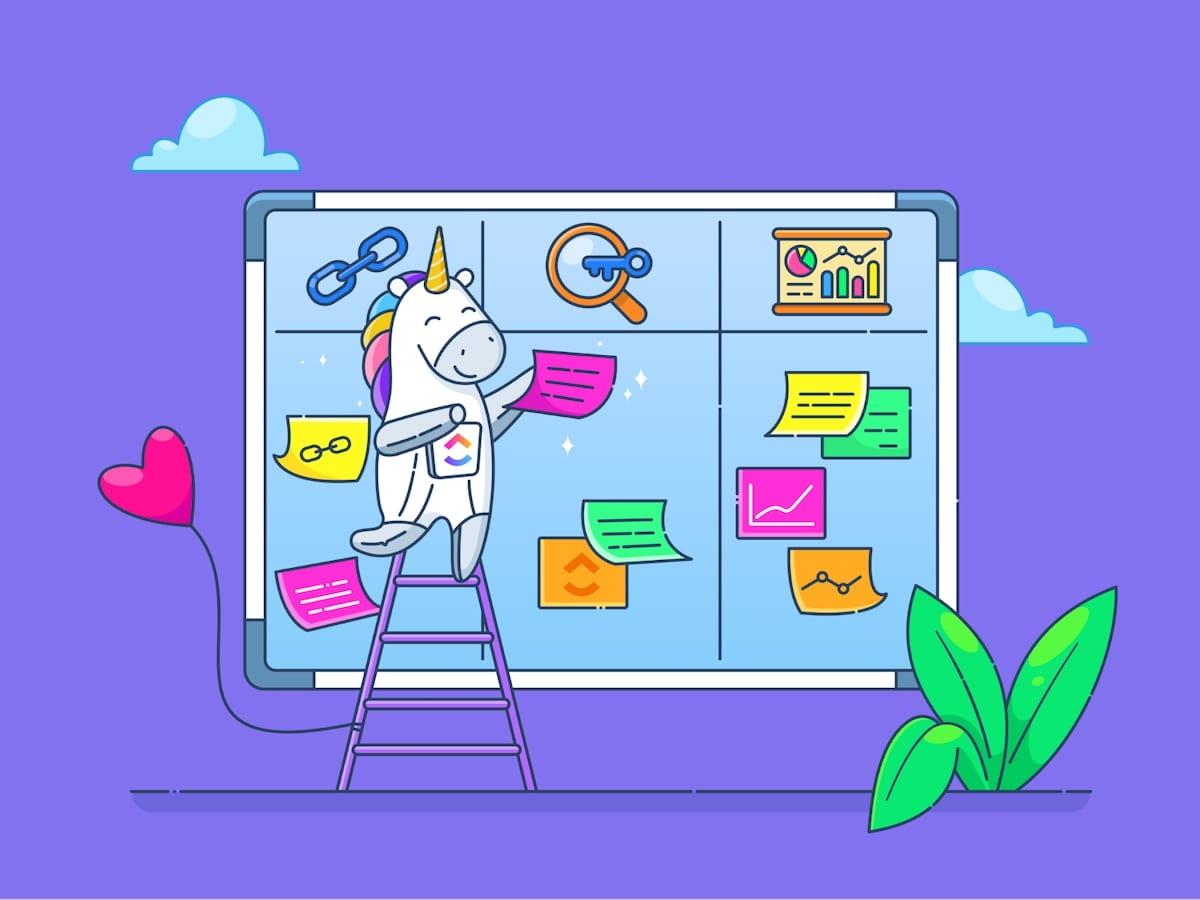
Sorry, there were no results found for “”
Sorry, there were no results found for “”
Sorry, there were no results found for “”
Imagine setting out for a day at the beach, only to be caught in an unexpected storm.
Wouldn’t it have been beneficial to know the weather beforehand?
Similarly, when embarking on new projects, having a clear forecast of the potential outcomes can be the difference between success and failure. This is where the science of project forecasting comes into play.
Just as meteorologists use data and patterns to predict the weather, project managers use project forecasting tools to anticipate the future of their tasks. Understanding these projected outcomes not only helps you plan efficiently but also develops proactive strategies to navigate the uncertainties that inevitably arise.
Project forecasting is not about having a crystal ball to see the future. Instead, it’s about equipping yourself or your project team with the right knowledge and tools to adapt and thrive amidst the unknown.
So, let’s dive deeper into this fascinating science and learn how it could be your secret weapon for project success.
Project forecasting, or project management forecasting, is when you make predictions or assumptions on what’s likely to happen based on data, knowledge, and expertise. You’re forecasting the potential outcome(s) of your project.
There are three main elements to consider in project management forecasting:
Let’s explore these project forecasting areas in a little more detail.
The first factor to consider is the duration of the project, or how long it will take. Knowing how long a project might take means you can plan resources effectively. Plus, you can give your client or internal contact a good estimate on when the project will be complete. ⌚
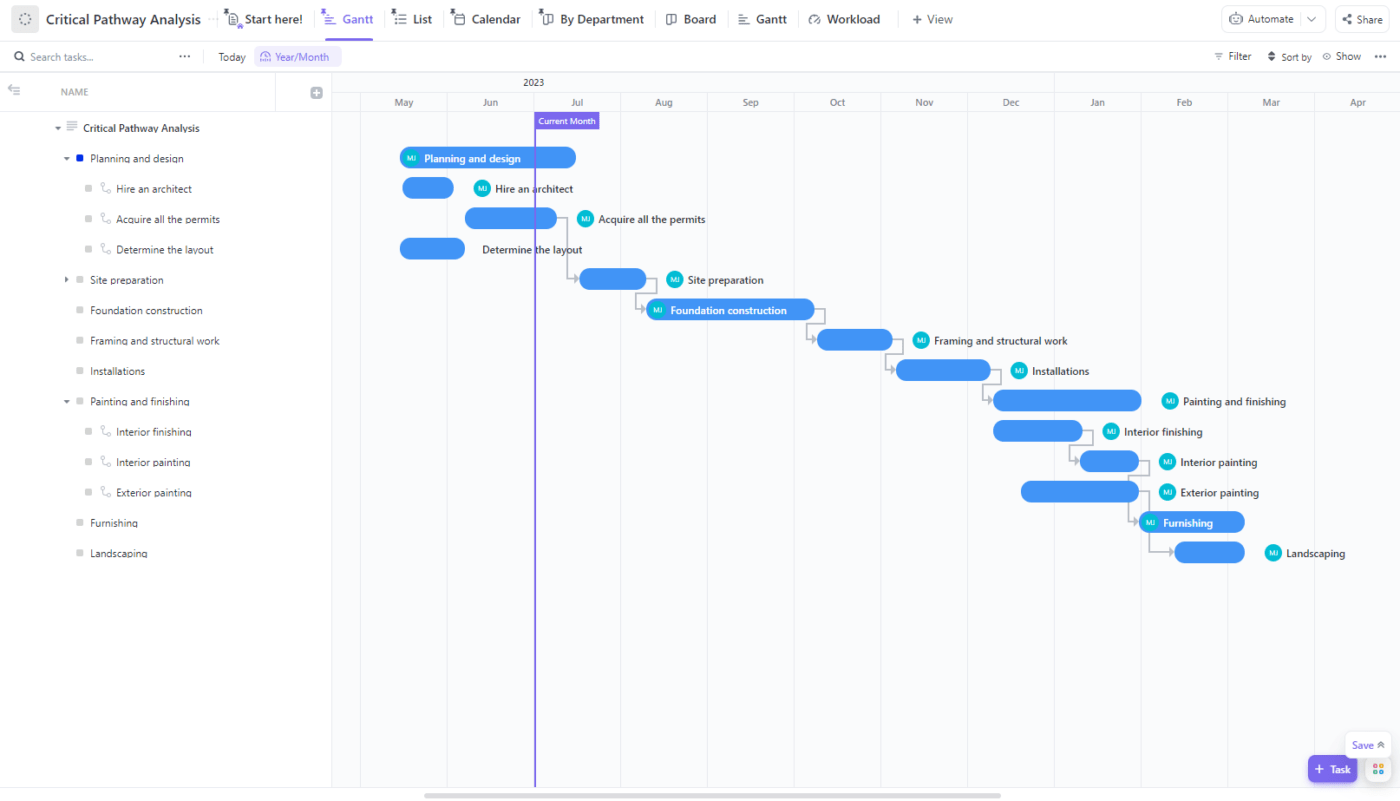
Figure out how long the project should take based on previous iterations, your own knowledge, shared expertise, or by asking other team members. From there, break the project down into smaller elements or tasks groups so you can monitor and manage time more effectively and create an accurate project timeline.
A great way to do this is by using a dedicated project management tool. This helps you understand where you are toward the overall project success you first implemented.
Once you’ve established a rough idea of how long your task or project will take, you need to think about the cost. Being able to accurately forecast or predict the cost of a project means you can budget more effectively and avoid the need to go back to your client to ask for extra funds or take the hit and impact your profitability. 💰
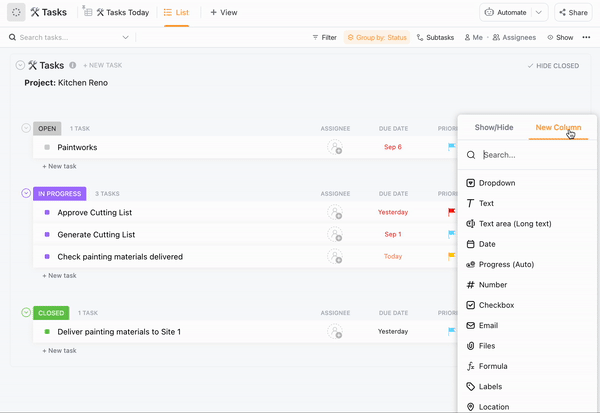
Consider all the resources your project needs and what their true costs are. This includes employees, contractors, materials, and tools. Use the historical data you have to build an accurate project budget, then monitor expenses to keep your costs as close to your forecasted budget as possible.
The last area to consider is quality. We all want every project we complete to be to the best of our abilities, but sometimes constraints like timing, budget, or resources mean we need to make adjustments somewhere.
Understanding the likely quality of your final project allows you to be transparent with clients about where your priorities are in the ultimate goal of reaching project success. ✔️
Project managers need to think about whether this is a project where quality must be preserved at all costs or whether they’ll need to save money on materials or contractors to prioritize getting the project finished by a strict deadline instead.
To do this, you’ll need a good idea of the variety of materials and resources you can access, what they cost, and when they’ll be available.
Project forecasting gives you a clearer idea of what challenges you might face along the way, so you can plan ahead and make delivering a successful project on time and on budget a reality.
The other benefits of using project management forecasting methods include:

Project management forecasting might take valuable time, but it’s definitely worth it. Without a project forecast (or multiple forecasts) you have no idea how long it might take, what resources you’ll need, or what the end result could be.
With an accurate forecast, your team and your end client have a clear view of the anticipated requirements and outcomes.
Understanding the importance of project forecasting and knowing how to put it into practice are two different things. Here’s an example of project management forecasting in action so you can see what’s involved.
A client has approached your company and asked you to work on a new commercial construction project with them. You’ve worked together before, so you know that for them the quality of a project is highly important—and that they’re happy to invest more budget to have the best possible team on the project. 👷
After you’ve taken all the background information to establish your project controls, you’ll want to build your project forecast.
To do this, consider:
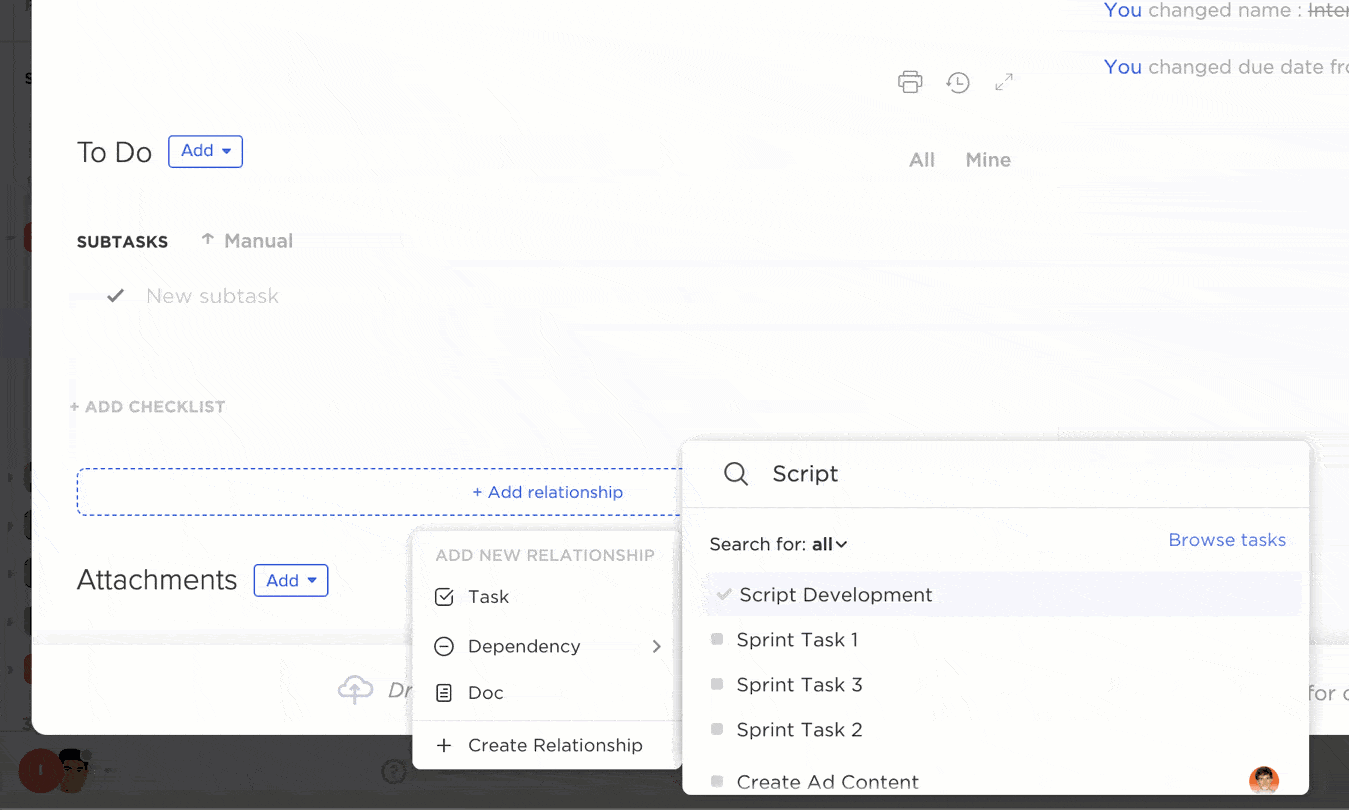
This isn’t every step involved with successfully managing a project, but it’s what you need to create an accurate project forecast. With your forecast complete, you can then share it with your client to create a more transparent process.
Use these expert project management forecasting tips the next time you need to understand the route ahead for a project.
As part of the project planning process, set SMART goals. Create project outcome goals that are specific, measurable, achievable, relevant, and time-bound. Not only will your goals be more focused, but you’ll know which metrics to track them by too.
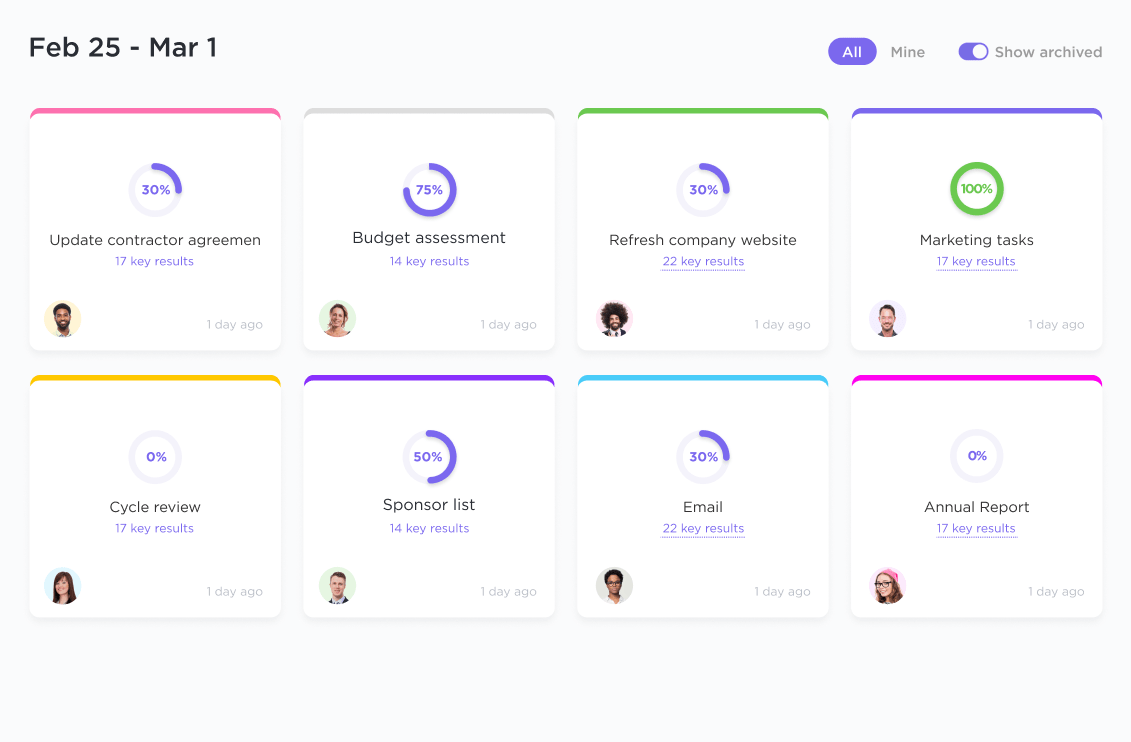
Use a goal tracking app like ClickUp Goals to set, assign, track, and celebrate achieving your objectives. Once you have specific goals, you can use them to guide your project forecasting process. Knowing you want to achieve X by Y date allows you to work backward to build a realistic timeframe, then estimate your likely resource availability and costs. 🎯
For accurate project forecasting, you ideally need to use real project data. The best place to find this is hidden in your previous work on similar projects or through data that the company in general holds about resources, tasks, or costs.
With the right data, your predictions instantly become more accurate. If this is a completely new project, you might not have much data you can use to inform your predictions. If that’s the case, see if you can gather insights from other teams or the results of other projects in your niche. 📈
It’s tempting to want to deliver one true prediction that you can put your whole heart behind. In reality, that’s often not the case, and delivering multiple predictions is actually a great way to demonstrate your expertise.
Create multiple forecasts that consider different possible outcomes with slightly different cost estimations, deliverables, timeframes, and project teams based on what’s available. Having more than one potential way forward presents you with options when you encounter a roadblock and shows clients that you believe there’s more than one way to a successful outcome. 📊
Being able to offer a realistic timeline for your projects starts with you first understanding how long each task takes. This is a crucial step in project forecasting.
Use ClickUp’s project time tracking feature to get an accurate view of how long each project task or project activity really takes. Track your time, set estimates, and see reports that highlight how your team members spend their time.

If you’re looking to increase your team’s productivity, tap into time management techniques and use our time management templates to cut down on wasted time and work more effectively. ⏰
While tracking your time gives you a view on how long each activity really takes, you can’t base every decision on each iteration of that task taking the same time. Instead, allow time in your project’s duration for activities to run over the expected time.
Giving your team some breathing space means they can work at a consistent pace and do their best work, without pressure to complete every task as if there’s nothing else on their to-do list. This extra time also means you’re more likely to stay on track with your project timeline and can report an “on time” status to your clients. ✅
It’s hard to plan your project resources if you don’t have a good grasp of people and resource management. You need to understand resource availability, costs, scheduling, and people management to create the most accurate project forecasts.
Resource allocation and forecasting is a key part of resource management, so it’s a skill worth developing. Once you can consider your team members’ strengths, skills, schedules, potential vacations or burnout periods, then you can build predictions that reflect the true impact of every unique talent on your team.

Use ClickUp’s Calendar view to visualize your team’s availability and workload at a glance. Build robust forecast schedules based on their availability, and see project tasks, timelines, and potential unused space across a week or month’s view. 📅
Your project forecast isn’t set in stone—in fact, it’s wise to revisit it as your project progresses beyond the initial stages. Checking in on your predictions over the entire project means you can act proactively if you notice you’re veering off-course.
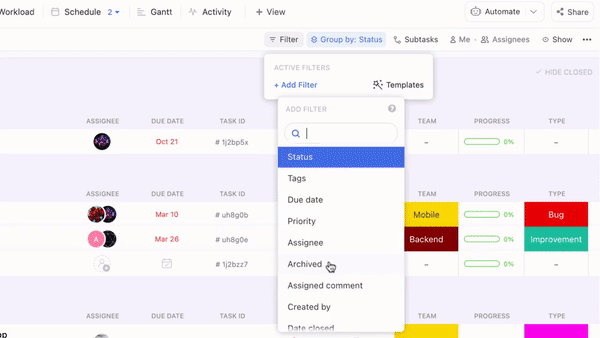
Build milestones into your forecasting process and agree to check in at key points to monitor progress. Decide whether your current path still aligns with your most likely prediction or whether it’s started to veer toward another. 📝
Having an internal awareness of your likely project outcomes and routes forward is always useful, but what’s even more impactful is sharing this with others. Don’t keep your project forecasts a secret; share them with your stakeholders and wider project team as part of your project reports so they know what’s happening.

Like all areas of project management, being open and transparent improves team and client communication and trust. Share your forecast and predictions with stakeholders so they feel more confident in your ability to not only deliver but monitor change and take action when needed. 🙌
Every strong team needs effective project management software to enhance their skills and streamline the tasks involved with running successful projects. Invest in software that not only allows you to manage projects but forecast them too, like ClickUp.
ClickUp is filled with features designed with project teams and forecasting in mind. Use ClickUp Tasks to manage your to-do list and project activities, and over the entire project from beginning to end with ClickUp Project Management.

Set expectations and understand how long each task takes with ClickUp time estimates. Use a program management template or the Project Schedule Template by ClickUp to build a visual timeline to track your progress. Stay in touch with team members in real time with ClickUp Chat, and use ClickUp Dashboards to visualize your progress across multiple projects at once. ⚒️
At project completion, it’s best practice to compare what actually happened to your original estimates. This gives your team and stakeholders a useful reference point and comparison and allows you to identify opportunities to improve your forecasting or workflows for the future.
Evaluate your project performance and compare it to your estimated forecasts. Establish whether you met your goals, whether your timelines slipped, and whether you delivered against the set budget.
Use this new data to streamline workflows, introduce process efficiencies, and improve the accuracy of your future forecasts. 👀
Accurate project forecasts allow your team to work at their best without unnecessary pressure and your clients and stakeholders to understand what’s likely to happen throughout your project’s timeline. Use the above tips to improve your approach to project management forecasting, so you can deliver predictions for future projects that are accurate, data-backed, and strategic.
If you’re looking for a tool that not only makes project forecasting easier but also can streamline your entire project management process, try ClickUp for free. Our platform offers project teams an unbeatable combination of features for project, task, and resource management. ✨
© 2025 ClickUp